Related: ‘Beverly Hills, 90210’ Cast: Where Are They Now?
Advertisement
mikel roberts/Sygma via Getty Images
Brian Austin Green is reflecting on the difficulty of losing his Beverly Hills, 90210 costar Luke Perry so suddenly.
“There was a part of me that couldn’t really process that that was real,” Green, 50, said in a Wednesday, January 31, clip of an upcoming episode of Getting Grilled With Curtis Stone. “I texted him the day after he passed. Just because there was a part of me that was like, ‘No, he’s gonna answer back. He’s hiding somewhere. Or something’s happened.’”
Green, who starred alongside Perry on 90210 from 1990 to 2000, noted that while he didn’t “completely believe” he’d hear back from his friend “a big part” of him was hoping “that was the case.”
Perry suffered from a massive stroke in February 2019 while at his home in the Sherman Oaks neighborhood of Los Angeles. He was rushed to a nearby hospital via ambulance, where he remained until his death on March 4. He was 52 years old.
While Green admitted that he’s begun to accept the idea of death with age, he never thought he’d lose someone so early — especially Perry. “I honestly never expected that it would be Luke,” he said. “To me, in my mind, Luke was the strongest of everyone. He was the constant guy, he was exactly who he was at all times.”
Despite the loss, Green clarified that Perry is still a “big part” of his life and the relationship he had with the actor is something he thinks about “almost on a daily basis.”
“When things happen in my life,” he said, “I’ll stop for a second and I’ll think about him and what I learned from him and what I think his opinion would be of what it is I do.”
Green cited the personal “connections” Perry had with the people around him as the “legacy” he left as opposed to his professional accolades. “It’s the lasting imprint that you left on your friends, on your family, on your children,” he explained. “It’s the stories that people share about you afterward that to me.”
mikel roberts/Sygma via Getty Images
It was after Perry’s death, Green noted, that he began to hear stories about his friend’s benevolence as Perry was known to be a private person.
“He did a lot of things and didn’t ever talk about them. He would buy a new wheelchair for the guy on the block who needed one, or get on a plane and fly to a hospital where a girl was sick,” he shared, citing a few altruistic examples throughout Perry’s life. “Whenever he flew on a plane, he would have a pocket full of balloons so when he heard a baby crying, he could walk back to where they were, blow up a balloon and give them something that would take their mind off of it a little bit. And he never shared that with anybody.”
He added, “As shocked as I was to hear those, I was like, that’s absolutely Luke. It didn’t surprise me.”
Green and Perry, who portrayed David Silver and Dylan McKay, respectively, on the teen soap, starred alongside Shannen Doherty (Brenda Walsh), Jennie Garth (Kelly Taylor), Jason Priestley (Brandon Walsh), Ian Ziering (Steve Sanders), Tori Spelling (Donna Martin) and Gabrielle Carteris (Andrea Zuckerman). Days after Perry’s death was confirmed, the costars gathered at Carteris’ home to mourn the loss of their longtime pal.
“People I haven’t seen in, like, 18 years, at least,” Green shared during a March 2019 episode of his 90210 rewatch podcast when discussing who showed up to honor the late star. “And you see them there, and it’s … you were happy to see everybody, and you felt like, ‘God, it’s been too long,’ and it was great, but what a horrible reason to have to see everybody again.”
mikel roberts/Sygma via Getty Images Brian Austin Green is reflecting on the difficulty of losing his Beverly Hills, 90210 costar Luke Perry so suddenly. “There was a part of me that couldn’t really process that that was real,” Green, 50, said in a Wednesday, January 31, clip of an upcoming episode of Getting Grilled With
Us Weekly Read More
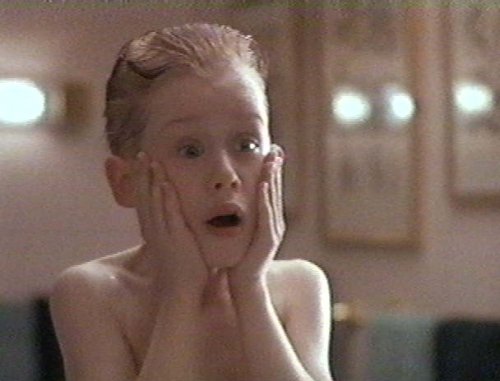
Studios almost left this Christmas staple on the cutting‑room floor. Executives initially saw it as a “small” seasonal comedy with limited box‑office upside, and internal budget fights kept the project hovering in limbo around an $18 million price tag.
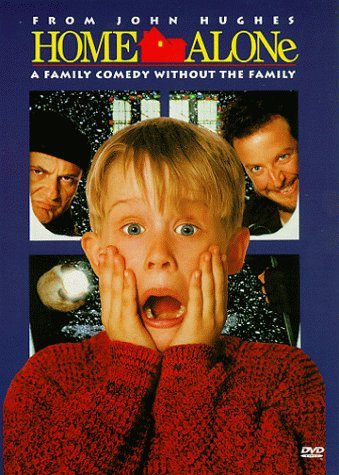
The fear was simple: why spend real money on a kid‑driven holiday film that would vanish from theaters by January?
That cautious logic aged terribly. Once released, the movie exploded past expectations, pulling in roughly $475–$500 million worldwide and camping at the top of the box office for weeks.
That’s a return of more than 25 times its production budget, putting it among the most profitable holiday releases in modern studio history.
What some decision‑makers viewed as disposable seasonal content quietly became a financial engine that still prints money through re‑runs, streaming, and merchandising every December.
The story behind the numbers is part of why fans feel so attached to it. This was not a four‑quadrant superhero bet with guaranteed franchise upside; it was a character‑driven family comedy built on specific jokes, one child star, and a very particular vision of Christmas chaos. The fact that it nearly got shelved—and then turned into a half‑billion global phenomenon—makes every rewatch feel like a win against studio risk‑aversion.
When you press play each year, you are not just revisiting nostalgia; you are revisiting the rare moment when a “small” movie out‑performed the system that almost killed it.
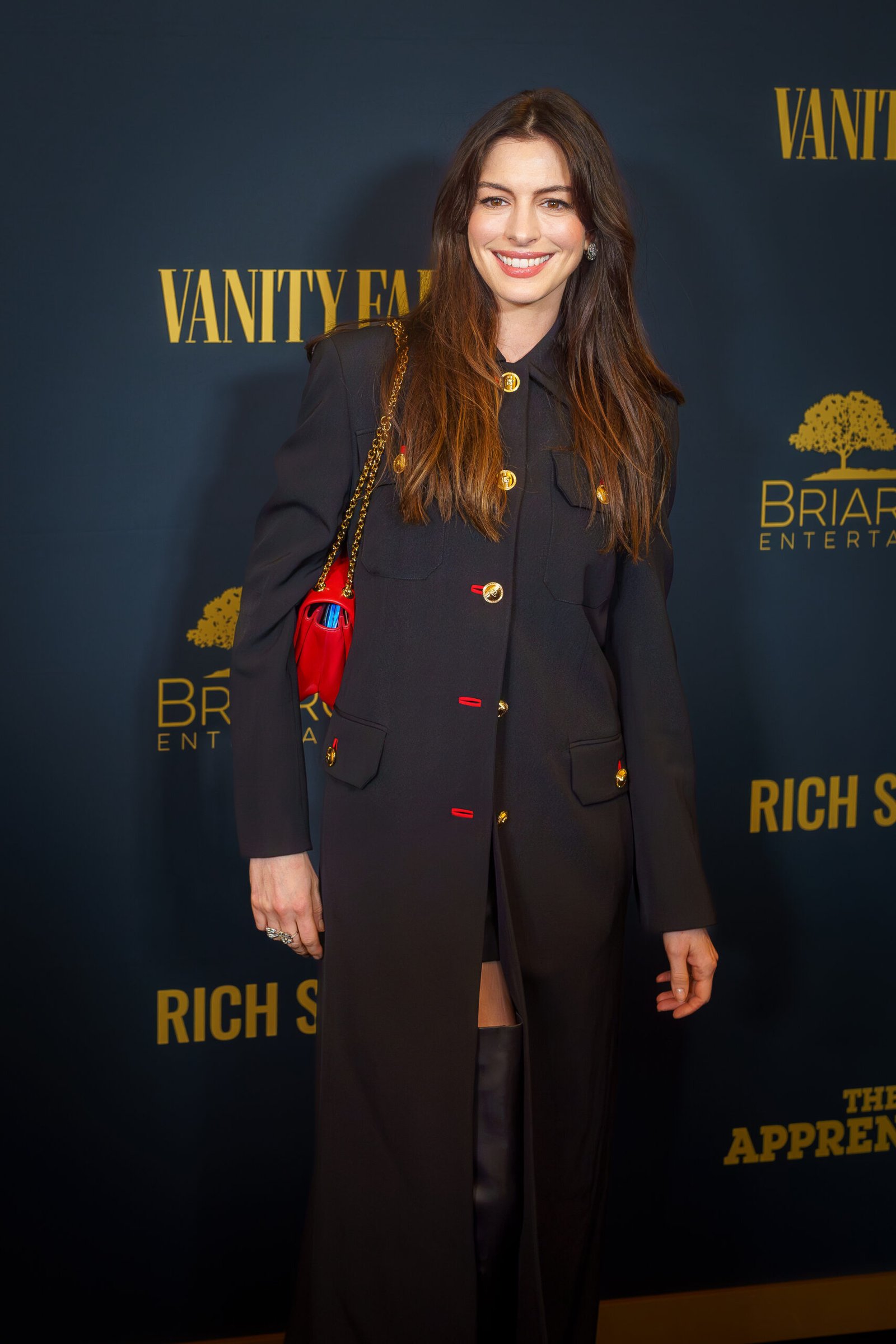
Anne Hathaway has quietly confirmed that 2026 is going to be her year, and she did it in the most Anne way possible: with a soft-launch in her Instagram bio.
Instead of a traditional studio announcement, the Oscar-winning actor updated her profile text with a simple list of titles and dates, effectively revealing a four-film run that reads like a mini festival of her work spread across the year.
For fans, the bio now doubles as a watchlist, mapping out exactly when they will see her next on the big screen.

According to the update, Hathaway will kick off 2026 with “Mother Mary,” slated for an April release. The film, backed by A24, casts her as a fictional pop star in a psychological, music‑driven drama that has already started building buzz through early trailer drops and stills. Positioned in the spring, it sets the tone for a year where Hathaway leans hard into challenging, high‑concept material while still anchoring major studio projects.
Just weeks later, she pivots from pop icon to fashion-world nostalgia with “The Devil Wears Prada 2,” now dated for May 1, 2026. The sequel brings her back as Andy Sachs, returning to the universe that helped define her mid‑2000s stardom and remains a staple in meme culture and rewatches. For millennials who grew up quoting the original, the firm release date signals that the long-rumored follow‑up is no longer hypothetical—it’s locked in, with Hathaway front and center.
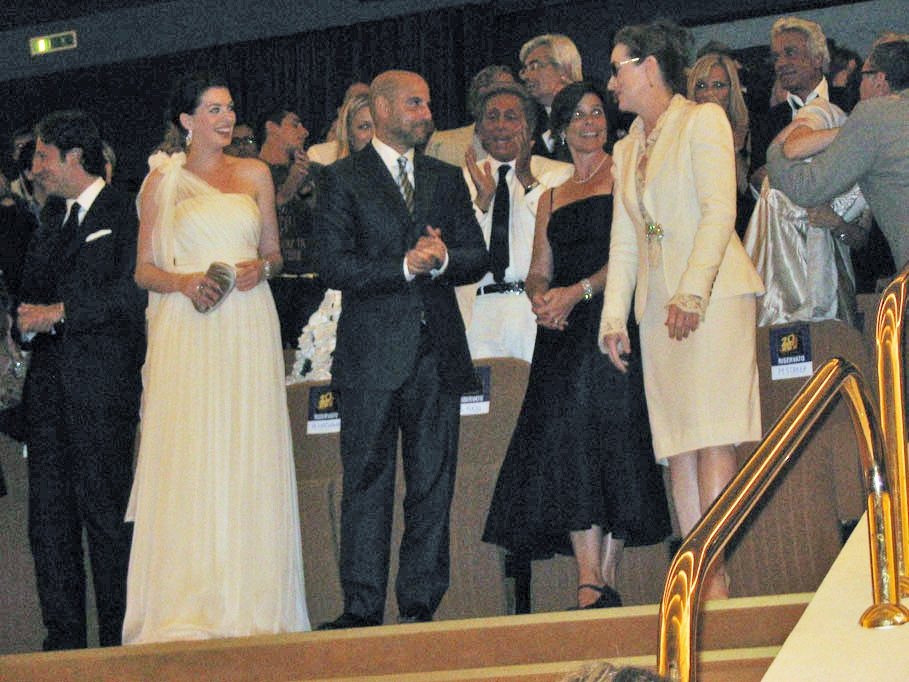
Summer belongs to “The Odyssey,” marked for July 17, 2026. Billed as an ambitious, big‑screen reimagining of the classic tale, the project reunites Hathaway with large‑scale, auteur‑driven filmmaking and promises mythic stakes, prestige casting, and blockbuster spectacle. Its prime July slot suggests confidence from the studio and positions Hathaway as a key face of the 2026 summer season, not just a supporting player in someone else’s tentpole.
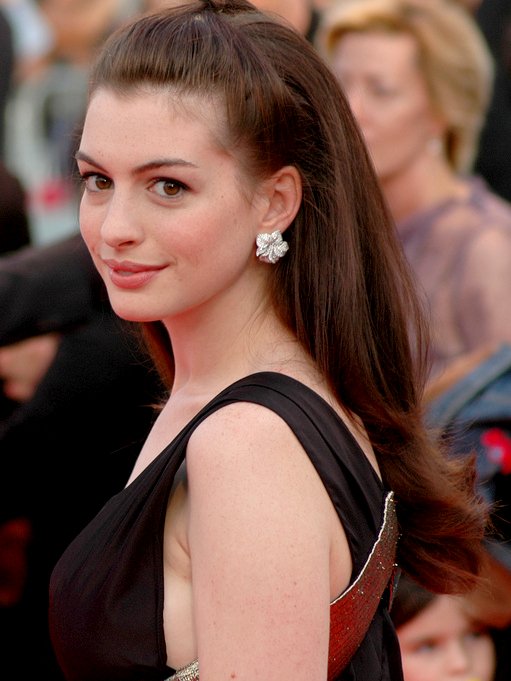
Finally, Hathaway’s bio points to “Verity,” arriving October 2, 2026, rounding out the year with a dark, suspense‑driven turn. Adapted from a hit thriller novel, the film casts her in a psychologically intense role that leans into obsession, secrets, and unreliable narratives—terrain that plays to her ability to toggle between vulnerability and menace in a single scene. Coming at the start of awards season, “Verity” also gives her a potential late‑year prestige vehicle after a run of crowd‑pleasing releases.
What makes this reveal so striking is the casualness of it. In one short line, Hathaway essentially published a studio slate: four movies, four distinct genres, and a timeline that keeps her on screens from spring through fall. For Hollywood, it underlines her staying power as a true marquee name; for fans, it’s an invitation to mark their calendars and prepare for a year where Anne Hathaway isn’t just part of the conversation—she is the conversation.

Authorities in Colombia say Karen Julieth Ojeda Rodríguez, 23, known as “La Muñeca” (“The Doll”), was arrested in early December on allegations she coordinated contract killings for the Los de la M gang and helped set up the murder of her ex-boyfriend in July. Police reported seizing a 9mm pistol and a revolver during the operation and are testing the weapons against recent homicides in Barrancabermeja, a city battered by drug-war killings this year.

Investigators describe Ojeda Rodríguez as a youthful face with a senior role: not a trigger-puller, but a coordinator who relayed orders to sicarios, managed target selection, and handled logistics for a network tied to drug trafficking and extortion in Santander. They say she rose quickly within Los de la M, operating in hot spots like Barrancabermeja and Piedecuesta, where rivalries over territory and revenue have fueled violence.
Prosecutors allege she lured her ex-boyfriend, Deyvy Jesús García Palomino (“Orejas”), to a rural meeting on July 23 under the guise of settling a money dispute. When he arrived, two shooters on a motorcycle attacked at close range; he later died at the hospital. Investigators point to recovered messages to argue the meetup was a setup arranged in advance, and they claim she and an accomplice received roughly 4 million pesos—about $1,000—for the hit.
Police announced her capture following a targeted early-December sweep, framing it as a blow to Los de la M’s homicide pipeline.
Alongside Ojeda Rodríguez, officers detained an alleged accomplice known as “Gorda Sicaria” who purportedly passed orders to gunmen, and a man identified as “Leopoldo.”
Forensic tests on the seized weapons aim to link the guns to crime scenes amid a year marked by more than a hundred killings in Barrancabermeja, according to media cited by authorities.

The contrast between the “Doll” moniker and the accusations of top-level murder coordination has fueled global attention, while the intimate ex-partner setup adds a personal dimension to an already combustible gang narrative. Authorities caution that ballistic and judicial proceedings are ongoing, but they characterize the arrests as a significant hit to a group blamed for a wave of killings in the region.


Wicked Sequel Disappoints Fans: Audience Verdict on For Good


After Party: Festival Winner for Best Romantic Short


Camp Wackapoo – Rise of Glog Takes Center Stage
Yolanda Adams Questions Traditional Views on God’s Gender, Audience Reacts


Francisco Ramos Takes Top Mockumentary Award at Houston Comedy Film Festival


Trump’s $2,000 Tariff Dividend Plan: Who Gets Paid?


Mamdani’s Victory Triggers Nationwide Concern Over New York’s Future


Why China’s 2-Minute Micro Dramas Are Poised To Take Over The U.S.